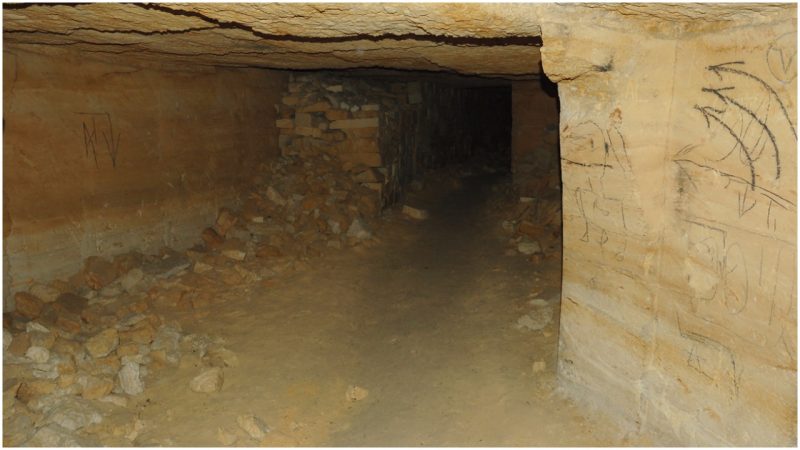Nothing is more intriguing than a labyrinth of underground tunnels running thousands of miles on three levels. Especially if that maze has so many stories about its existence that it becomes hard to distinguish what is real and what is myth.
And just like the Mines of Moria that Tolkien wrote about in the Lord of the Rings novels, the mines of Odessa have their fair share of legends too.
Found in Ukraine, the deepest of these tunnels runs almost 200 feet below the streets of Odessa. There are many entrances to the vast tunnel complex, at least 1,000, and a number of deaths have been reported over the years, of people wandering in and getting lost and never being seen again.
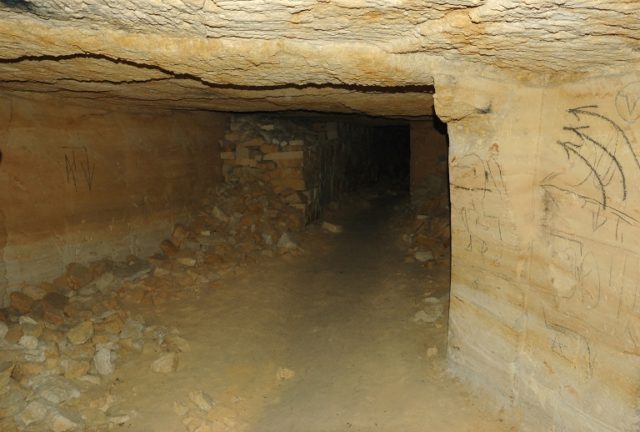
Most of the catacombs are the result of persistent stone mining that started in the 19th century. The city of Odessa was expanding rapidly at that time, and the stone mined here was used in the construction of buildings.
The miners used saws to cut through the limestone, a task that half a century later created a whole complex of tunnels.
After the Russia Revolution, the mining of stone was forbidden, especially in Odessa. During the Second World War, these tunnels were used by the Soviet partisan resistance movements as a perfect tactical hiding spot.
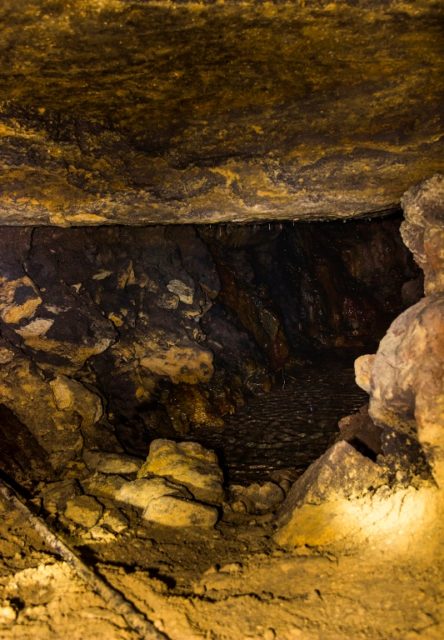
Following the end of the war, a club called “Poisk” (search) was created. Its task was to trace the footsteps of Soviet history down into these tunnels. The club was successful enough with its undertaking that, thanks to Poisk, today there are maps depicting large areas of the tunnels under Odessa. But no one has ever managed to fully map the whole labyrinth of tunnels.
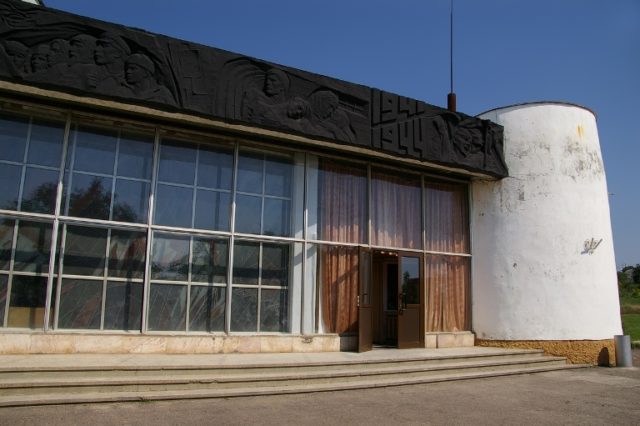
According to researchers, more than 90 percent of the catacombs are created by mining. The remainder is either natural underground formations or was dug for other reasons, such as for sewerage.
To those who don’t mind the lack of fresh air, there is the Museum of Partisan Glory that conducts tours within a small portion of the catacombs. But there are those that venture in the tunnels on their own. Needless to say, going there brings danger and even death.
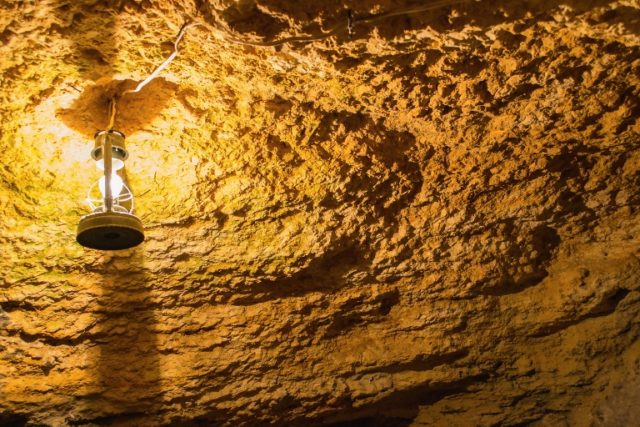
One of these stories inevitably brings us to Masha, a student who should have known better than to venture inside the tunnels. During New Year’s Eve celebrations in 2005, she and her friends had one drink too many and made a decision to spend the night inside one of the tunnels. Morning came and all of them left. But they forgot that Masha was with them and left her behind.
Masha was left down there: lost, scared, disoriented, and in total darkness. Or so the story goes. Later research suggested that Masha was an invented character and her death never happened.And so Masha slowly became a legend, one of the many about this place.
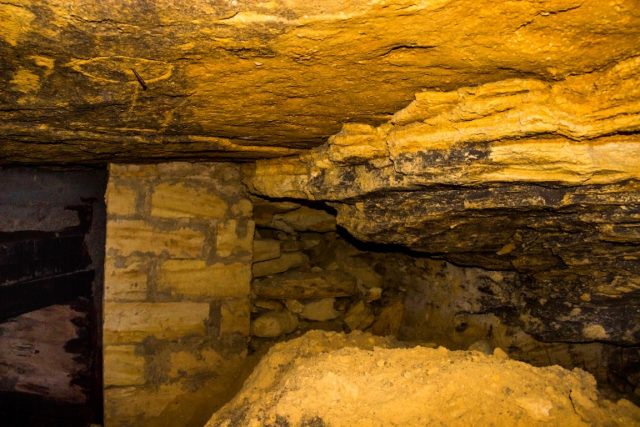
But what really is down there is hard to know, for the catacombs are five times as large as the famous Paris catacombs. It is easy to imagine dark secrets of murders, or lost people, or dumped bodies, all worthy of a horror movie.

There is a tragic real-life case of murder: a man in his twenties who killed his girlfriend with an ax in these mines.
The tragedies that remain hidden are what keeps the legend of this place alive. Thousands of miles of tunnels are more than enough to hold thousands of secrets.
